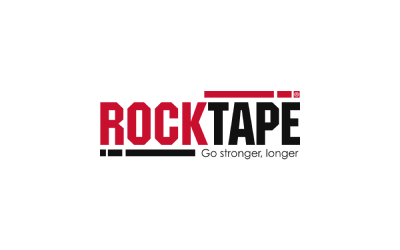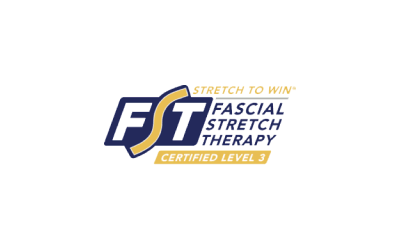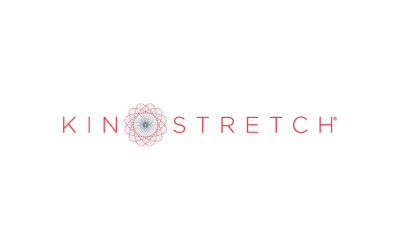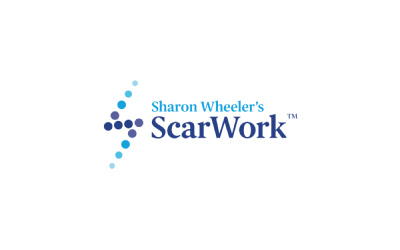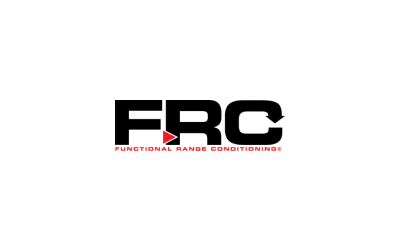Join the conversation.
The difference between FST and Myofascial Release
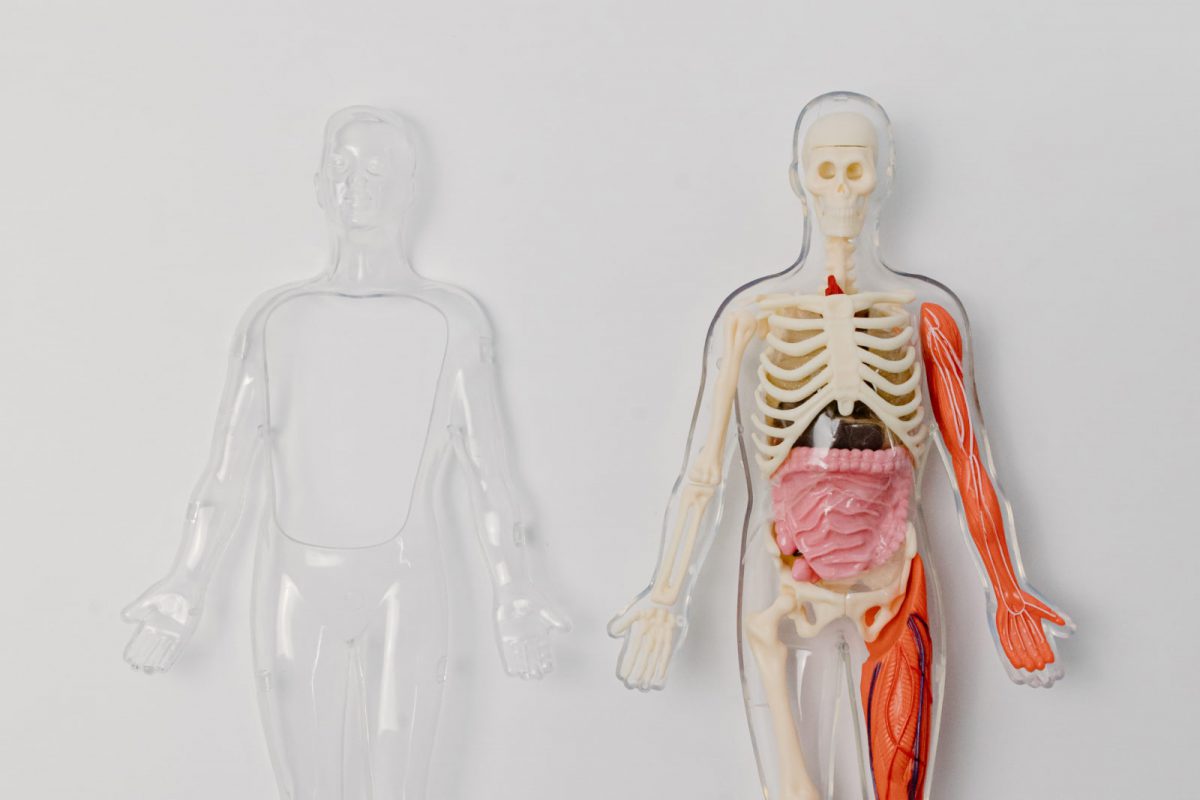
Fascia / Myofascia, it all sounds the same?
You have more than likely heard the term fascia and myofascia through various conversations, in various contexts and it all sounds the same, it is possibly wise to assist with defining what fascia and myofascia actually is.
Thomas Myers defines fascia as follows;
Fascia has many designations for different areas. Traditionally fascia as a medical term applies only to individual dissectible pieces of fabric from within our body. Thoracolumbar fascia, the fascia lata, the pannicular fascia, the fascia profundis – these are recognized by science to be fascial sheets.
Increasingly in scientific and research circles and professionals worldwide, ‘fascia’ has a wider definition: all the collagenous-based soft-tissues in the body, including the cells that create and maintain that network of extra-cellular matrix (ECM).
Answering the question “what is fascia?” with this new definition includes all the tissues traditionally designated as ‘fascia’ in classical anatomy, plus all the other very similar tissues arrayed in different ways around the body; tendons, ligaments, bursae, and all the tissue in and around the muscles – endomysium, perimysium, epimysium. They are all made out of largely the same stuff and created in such the same way.
Also included would be the fascia around the organs: the coelomic bags that hold the organs in the peritoneum and mesentery in your abdominal cavity, the mediastinum, pericardium, and pleura that hold the organs in the chest cavity, and the membranes – dura and pia and perineuria – that surround the brain, spinal cord, and peripheral nerves.
Breaking up the medical jargon
In medical terms these definitions or words tend to be broken down in to 3 parts;
- The “Prefix”
- The “Root Card”
- The “Suffix”
If we were to use the term myocarditis as an example, knowing the prefix “myo” means muscle, it would simply break down as follows
- Prefix = Myo = muscle
- Root Card = Cardio = Heart
- Suffix = itis = inflammation
Hopefully you can now understand, myofascia is a part of the wider Fascial network, aligned with the connective tissue system, specifically that which separates and contains every muscle (and muscle fibre) of the body (In this context there is no suffix applied)
So what is Myofascial Release?
As stated by John Barnes, PT, one of the originators of myofascial release, “Myofascial Release is a safe and very effective hands-on technique that involves applying gentle sustained pressure into the Myofascial connective tissue restrictions to eliminate pain and restore motion.”
In laymen’s terms, practitioners or therapists of Myofascial Release will perform an assessment of some kind to identify where the restrictions within the muscles (commonly referred to as knots) are located. They will then pin or press in to that area with their fingers, hand, elbow or even a tool until such time a change in the tissue tone is felt. It may or may not also include some form of movement of the limb / muscle tissue being palpated, along with some re-integration post “release”
And Fascial Stretch Therapy.....
FST is a very different approach developed by Ann and Chris Frederick:
Stretch to Win – Fascial Stretch Therapy is a neuromyofascial manual therapy that focuses on the whole connective tissue system, including its neural components, rather than isolated muscle treatment (i.e. The discomfort maybe in your calf, but the hip, low back neck and associated neural pathways may also be addressed).
It assess passive, active and resisted movements in functional positions as well as on the treatment table.
The approach starts with assessment and treatment where needed at the deepest part of the connective tissue system – the joint capsule. It progresses through all the layers of fascia, ending with the superficial layer. Where the central or peripheral nervous system is restricted or not optimal in movement, it seeks to restore “normal” neural mechanics. Muscles that were inhibited are activated while those that are over activated are normalized. Finally home program prescription follows so that the client becomes an active partner on their journey to wellness or sport performance.
Both approaches have their merits and when applied in different scenarios to different people the results may vary.
However with the FST approach, given it seeks to address the items above, below and adjacent to the area of discomfort the likely hood of that particular issue continually re-occurring within a few days post treatment is significantly reduced, especially when coupled with the home program prescription.
-
https://www.anatomytrains.com/fascia/
http://www.myofascialrelease.com
https://stretchtowin.com/page/FAQ#myofascial
